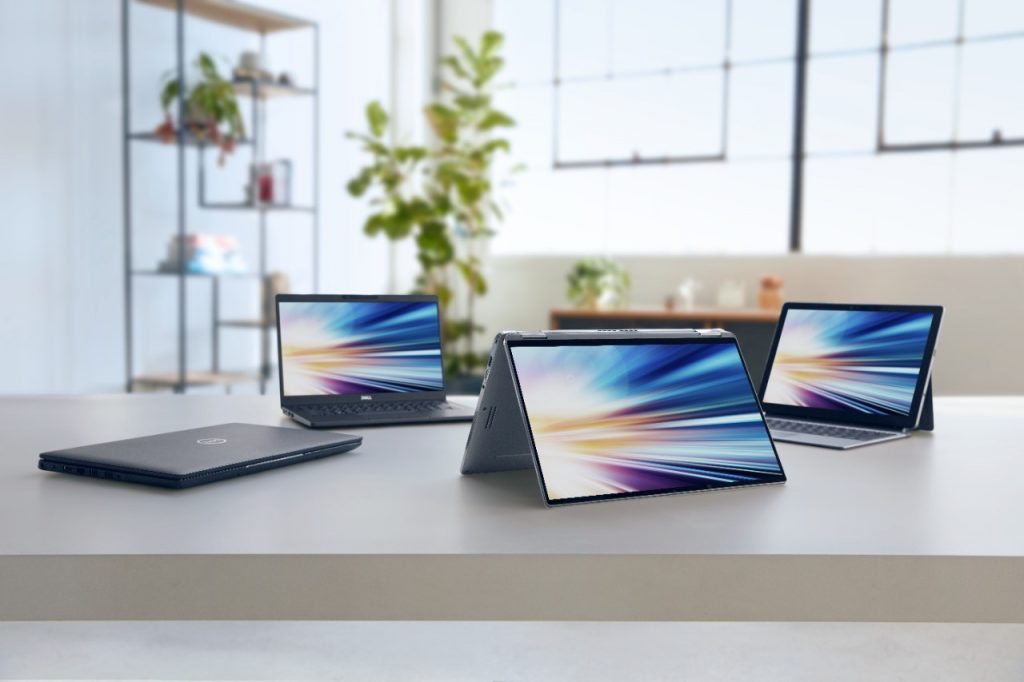You might have your sights set on a state-of-the-art 2-in-1 while your employer gives you the same laptop as all your colleagues. And for at home, you can’t decide between a tablet or an ultra-thin laptop. The market trends we identify at Dell Technologies will certainly help you make the right choice between an (ultra-thin) notebook, a convertible, a detachable and a pure tablet. It is clearly a very dynamic market.
The traditional notebook, for example, is losing ground: -15% in Belgium and even -29% in Europe. While its ultra-thin cousin is doing extremely well: +25% in Belgium and +31% in Europe.
Indeed, at Dell Technologies we expect a further market shift towards ultra-thin notebooks, although the traditional laptops still have their specific applications and uses.
Convertibles are also very much on the rise; their market share rose by no less than 46% in Belgium, and by 11% on a European level. Detachables, on the other hand, are not doing very well, losing 36% in Belgium and 26% in Europe in 2018. The pure tablet, finally, is facing the same storm and clearly also losing ground. With the emergence of convertibles and detachables, the function of the tablet has become limited and we predict it will stay that way in the future.
There are several good reasons for this.
 Space is a determining factor
Space is a determining factor
The flexibility of the various devices determines the amount of space in the frame for functionalities: despite the fact that the traditional notebook is becoming ever slimmer and lighter, compared to its more flexible cousins, it still has plenty of space behind the screen and under the keyboard to conceal hardware. This benefits both the performance and technological diversity, thus enhancing the possibilities and, of course, performance.
In convertibles, this space is smaller, which means choices have to be made: which hardware features can be incorporated and which cannot. The detachable, finally, only has space behind the screen.
The result? If a convertible is to offer the same performance as an ultra-thin notebook, the components will have to be made smaller. This will be reflected in the price. A touchscreen also increases the price. A convertible is more expensive than a notebook with the same functionalities.
Which is the thinnest?
Anyone who frequently carries their laptop around with them, be that for professional or private use, may argue that notebooks are heavier, larger and bulkier than 2-in-1 devices. Not so anymore. The latest ultra-thin notebooks are lightweight, small and provide high-performance. Conversely, high-performance 2-in-1 devices are often thicker than comparable notebooks as all the functionalities have to be built into a limited space.
A suitable device for everyone
A positive development for users is that the range of portables is ever-increasing and very varied. Meaning that whatever their style of living and working, there’s a perfect device for everyone. For example: If you are often on the road and need to be able to use your device walking around or standing up, to give a presentation or take notes, then a 2-in-1 convertible or detachable is very convenient. You can use it both as a traditional notebook and as a tablet with touchscreen while walking about.
If, on the other hand, you are often on the road or often work remotely but mostly use your portable sitting at a desk or table, then an ultra-thin notebook is more interesting. It would be a shame to opt for a more expensive convertible with the same functionality and performance if it is never going to be used folded open.
Would you like to know more about how we at Dell Technologies can cater for your changing style of living and working? You can read more about our solutions for professionals here. We also have an extensive range that offers what you really need for home and leisure use. If you have any additional questions, do not hesitate to reach out to nele.vervenne@dell.com.
